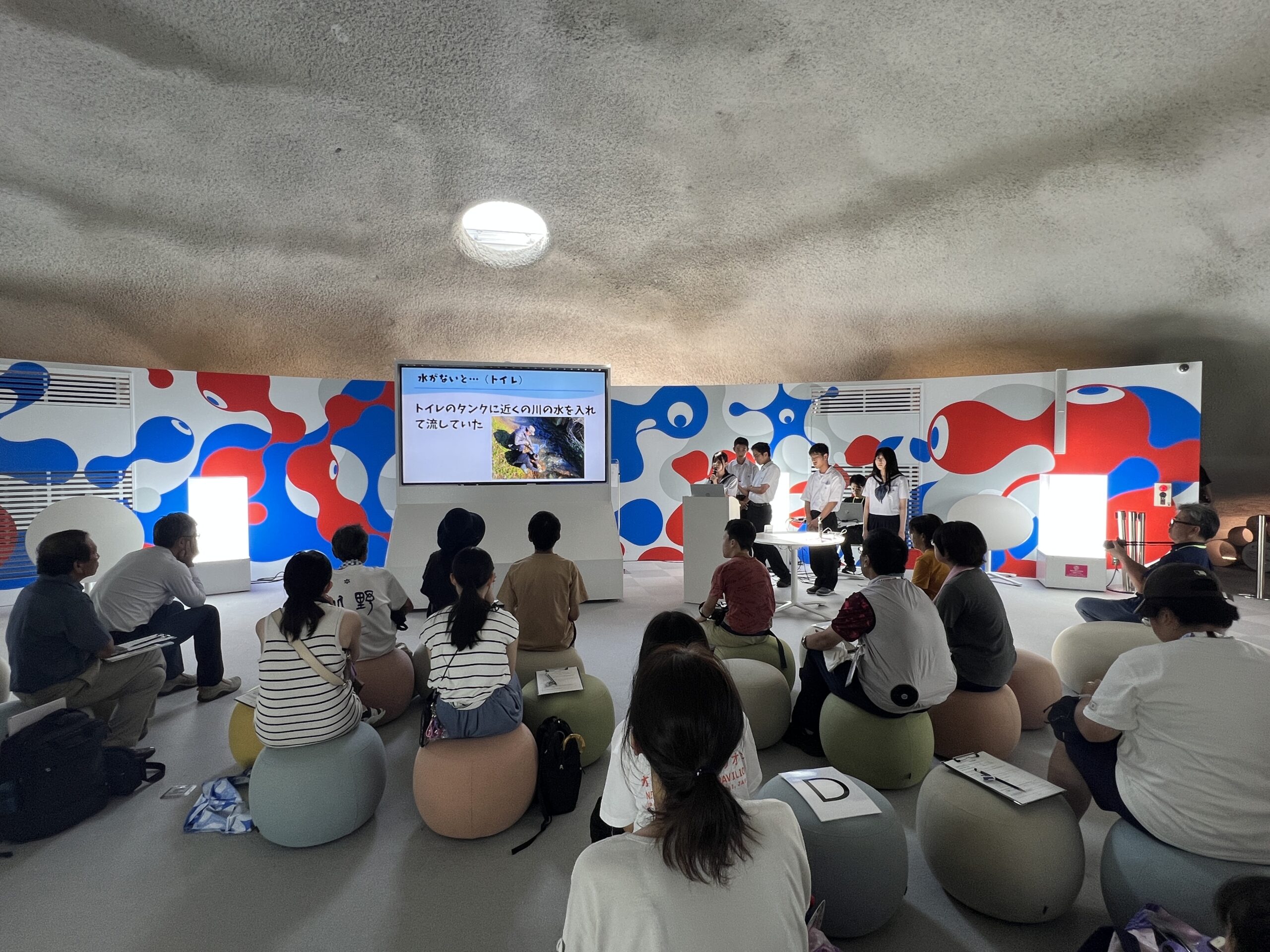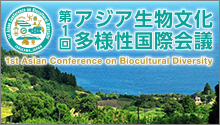On August 27, 2025, the Osaka-Kansai Expo program, “CONNECTING YOU To NOTO: Learn About Biodiversity (Resilient Creatures) with Noto Elementary School Students!,” took place at the Junior SDGs Camp(Sustainable Dome) venue on the Expo grounds. The Ministry of Environment and the United Nations University Institute for the Advanced Study of Sustainability (UNU-IAS) organized this event.
At the beginning of the program, Sayako Koyama, researcher at the United Nations University Institute for the Advanced Study of Sustainability Operating Unit Ishikawa-Kanazawa (UNU-IAS OUIK), explained the concept of biodiversity by giving examples of creatures from the Noto Peninsula. Participants learned that living things, the environment, and human life are interconnected and mutually supportive. Koyama then discussed the damage caused by last year’s Noto Peninsula earthquake and heavy rains.
Next, fifth- and sixth-grade students from Yanagida Elementary School in Noto Town, Ishikawa Prefecture, presented the results of their surveys on the water quality and wildlife of the Machino River. They had been conducting these surveys since before the disaster. The students shared their observations on post-disaster changes in the ecosystem, wildlife resilience, and the impact of environmental shifts on the food chain.
Following the elementary school student’s presentation, an online exchange session was held with Sakana-kun, who joined from Tokyo. He discussed the fish he observed during his visit to Noto and the challenges that creatures face due to earthquakes, heavy rains, climate change, and environmental issues.
Finally, the children in Osaka venue asked Sakana-kun questions. Sakana-kun drew pictures of fishes and explained their characteristics in detail, which the children listened to with great interest.
The participants had a valuable opportunity to learn about Noto’s wildlife and the situation after the earthquake.
We also received cooperation from the Institute of Noto Satoumi Education and Studies, and the Noto Marine Center in planning this program.
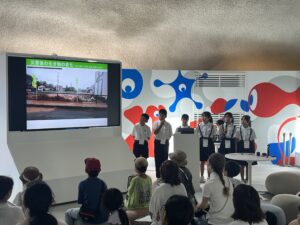
The day 2, on August 28, the session titled “CONNECTIN YOU to NOTO: Learning Disaster Prevention and Recovery from Affected Areas with Noto High School Students!” featured presentations by five first- and second-year Ishikawa Prefectural Nanao High School students.
After Koyama gave a presentation about the livelihoods, traditional culture, and daily life in Noto’s satoyama and satoumi areas, the high school students shared their experiences of the hardships they endured in the region and their feelings during the 2024 Noto Peninsula Earthquake and heavy rains. The students also presented their research on the changes to the local environment after the earthquake and heavy rains. They stated, “We realized that the current state of our environment and way of life is not permanent.” They also discussed the importance of water and shared their experience of going without water for nearly five months. They conveyed the idea that preparedness can minimize damage. Their appeal to learn from disasters and pass that knowledge on to future generations left a strong impression on the participants.
After the presentations, participants ranging from children to adults had group discussion. Inspired by the Noto high school students’ presentations, the participants discussed disaster prevention approaches and daily preparedness in their own regions. Some participants who had experienced the Great Hanshin-Awaji Earthquake shared their memories of that time. These dialogues fostered empathy and learning across generations and regions.
Finally, Shinobu Yamaguchi Director of UNU-IAS reflected on the programme. She stated, “Recent disasters, such as heavy rains and forest fires, are deeply linked to climate change and can occur anywhere in the world—not just in Noto or Japan. That is precisely why bringing together diverse people across generations, positions, and regions to learn together is the key to improving society”.
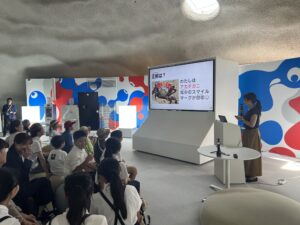
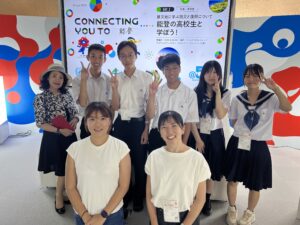
Although centered on the theme of disasters, this program served as a forum for shared reflection that transcended regional boundaries. It connected the past, present, and future, starting with Noto’s experiences. It offered an educational experience worthy of the international stage of the World Expo.


